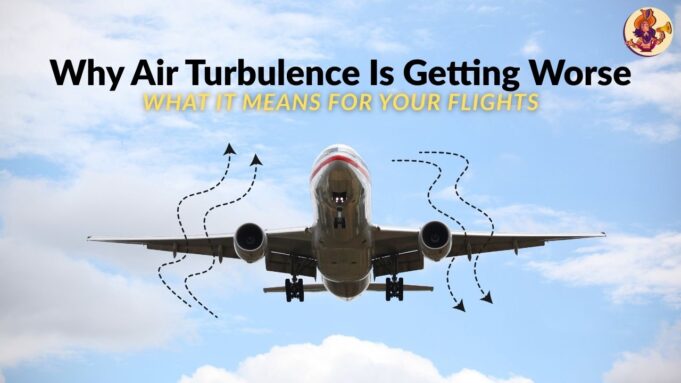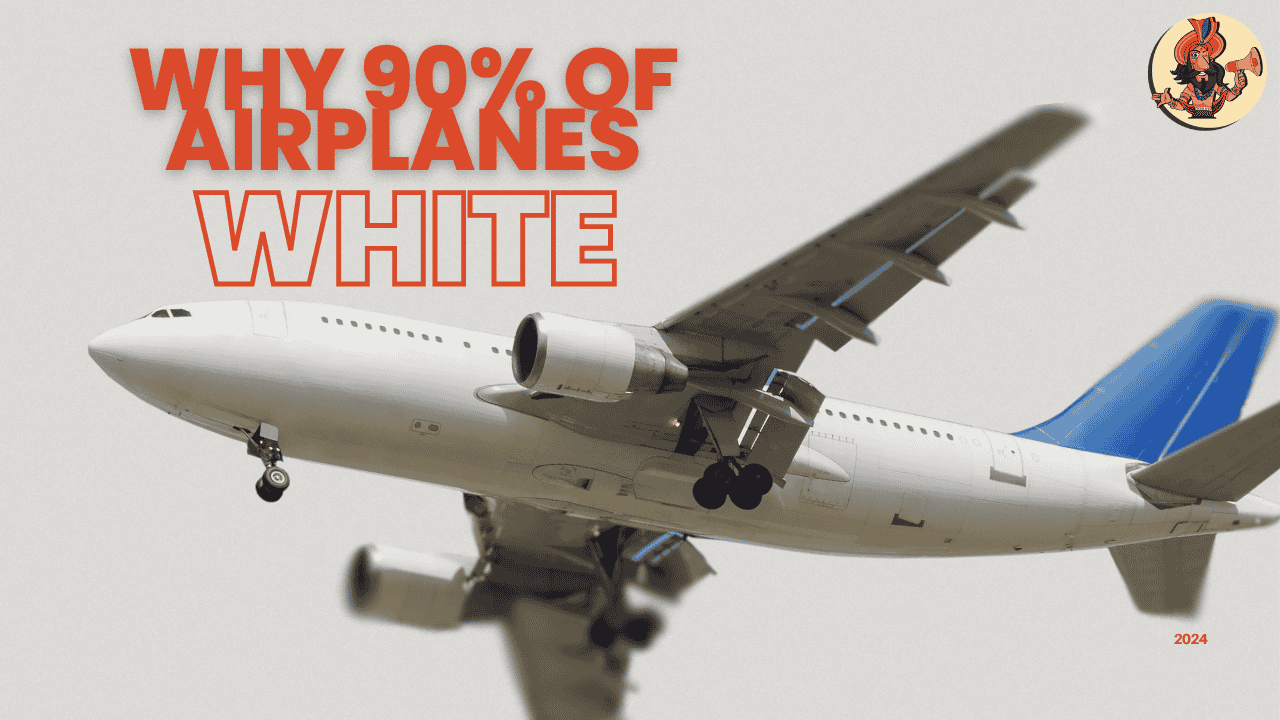Flying has always come with the occasional bumpy ride, but recent reports show that plane turbulence is becoming more frequent and more intense. From sudden drops that send luggage flying to severe jolts that injure passengers, turbulence is turning into a growing concern for airlines and travelers alike. So, why is this happening, and what can we expect in the future?
Climate Change Is Making Turbulence Worse
One of the biggest culprits behind the increase in turbulence is climate change. Warmer air caused by rising global temperatures is altering wind patterns, particularly in the jet stream—a fast-moving air current that planes often use to save fuel and time.
Research shows that wind shear (sudden changes in wind speed or direction) has increased by 15% since 1979 in the North Atlantic, one of the world’s busiest flight corridors. This instability creates more clear-air turbulence (CAT), which occurs without visual warning, making it especially dangerous.
More Flights Mean More Encounters with Turbulence
Another factor is the sheer number of planes in the sky. With air travel demand rebounding after the pandemic, crowded skies increase the chances of aircraft encountering turbulent patches. Airlines are also optimizing routes for efficiency, sometimes leading planes directly into turbulent zones they might have avoided in the past.
Severe Turbulence Is on the Rise
While light turbulence is mostly just uncomfortable, severe turbulence—which can cause injuries and structural damage—is becoming more common. A 2023 study found that severe turbulence over the North Atlantic increased by 55% between 1979 and 2020.
Flight crews are reporting more unexpected turbulence incidents, forcing airlines to rethink safety protocols. For example, keeping seatbelts fastened at all times is now strongly recommended, even when the seatbelt sign is off.
What Can Passengers Do?
Since turbulence is unpredictable, the best defense is preparedness:
- Always keep your seatbelt fastened while seated.
- Listen to crew instructions—they’re trained to handle turbulence.
- Secure loose items to prevent them from becoming projectiles.
The Future of Turbulence
As climate change accelerates, experts warn that turbulence could become two to three times more common by 2050. Airlines are investing in better detection systems, but avoiding turbulence entirely may not be possible.
For now, passengers should brace for bumpier skies ahead—both literally and figuratively. The next time you fly, remember: turbulence is annoying, but with the right precautions, it doesn’t have to be dangerous.
Final Thoughts
While air travel remains one of the safest ways to travel, increasing turbulence is a reminder of how interconnected our planet’s systems are. From shifting jet streams to more extreme weather, the effects of climate change are reaching new heights—literally. The aviation industry must adapt, but so must passengers, by staying informed and prepared for a rougher ride.















